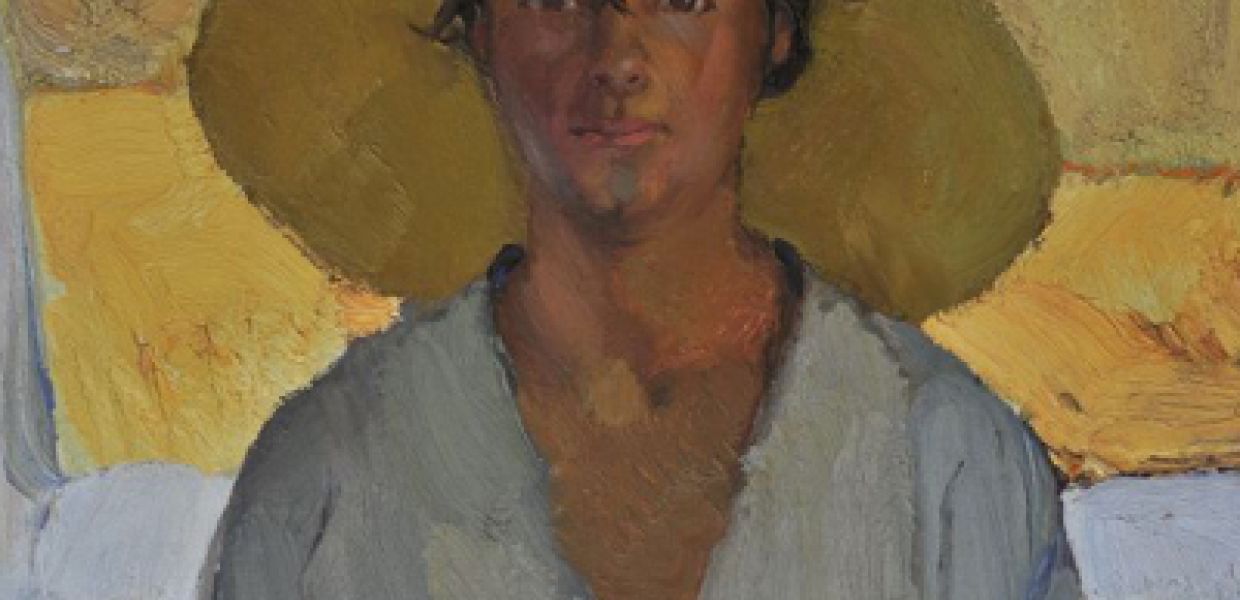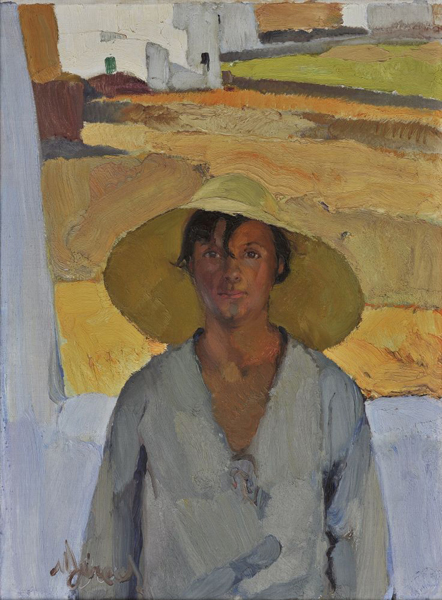Choosing a country's artworks for Europeana 280: Greece

With Europeana 280 in full swing across Europe, we continue this weekly blog series, finding out some of the back stories behind selections. This week, Europeana 280’s Exhibition Coordinator Ann Maher highlights nominations from Greece.
Mainland Greece was part of the Ottoman Empire for four centuries from the middle of the 15th century and while its earlier art heritage defined a different progression to that of Western Europe, Greek artists were part of the trends of the 19th and 20th centuries that swirled around Europe. This is reflected in some fascinating selections for Europeana 280, all of which come from the National Gallery-Alexandros Soutzos Museum. Here are some highlights from the Greek selection.
Cretan treasures
Andreas Pavias was painting at a time when Crete was under Venetian rule and known as the Kingdom of Candia. It was an important production centre for Byzantine art and iconography. While earlier commissions were unsigned, artists such as Pavias were now gaining individual fame. The Europeana 280 selection, The Crucifixion (second half of the 15th century) is dramatically narrated on many levels. The dead rise from their graves, a colourful crowd witnesses the event with soldiers playing dice, while angels lament and hold cups to catch the blood of Christ.
Domenicos Theotokopoulos (El Greco) was perhaps the most famous Cretan artist who moved from a Byzantine tradition to take different artistic directions in his career. According to the museum, The Entombment of Christ (c.1568-1570) is representative of a particular phase in the artist's development when he sought to assimilate the teachings of the art of the Renaissance, particularly that of Venice, where this work was created.
Romantic Heroes
A selection reflecting Greek history and the War for Independence comes from artist Konstantinos Parthenis. He broke with academic influences and introduced modern styles after training in Italy and Vienna. By the 1920s, he had turned to symbolist and allegorical subjects, and in the 1930s “certainly under conscious or unconscious influence by the predilections of that generation” according to the Musem, Parthenis' style changed again. The Apotheosis of Athanasios Diakos (before 1933), takes as its subject the Greek revolutionary hero who died a martyr's death near the Alamana Bridge on April 24, 1821. This tribute to Diakos is considered one of the crowning masterpieces of modern Greek art.

The Straw Hat (ca 1925), Nikos Lytras (1883-1927), National Gallery-Alexandros Soutzos Museum, PDM.
Artist Theodoros Vryzakis grew up in the years covering the war of Greek Independence. After the hanging of his father in 1821, he was sent to an orphanage and then a school in Munich founded by Ludwig I for the orphans of the war. His painting, The Reception of Lord Byron at Missolonghi (1861) reflects the participation of Britain’s most famous poet. Known for his brilliant, reckless personality and his lifelong support for liberal causes, this was Byron’s last great adventure. He died of fever in Missolonghi in 1824 aged only 36. Vryzakis studied at the Munich Academy of Fine Arts, and introduced the school to Greece where it was the most important influence on academic painting in the 19th century.
Munich and modernism
Nikolaos Gyzis is another selection from the Munich School. Born on the island of Tinos, Gyzis, he departed for Munich in 1865. By 1888, he was a professor at the city’s Academy of Fine Arts. The nomination, Behold the Bridegroom (1899), which is described by the museum as a ‘magnificent, transcendental work on the Second Coming’ reflects the strong spiritual feelings Gyzis had at the end of his life. According to the museum: “His real calibre is shown by his idealistic, allegorical and religious work, in which he was in step with the aims of the avant garde movement Jugendstil”.
Gyzis spent time travelling with the artist Nikiforos Lytras whose son Nikos Lytras is considered one of Greece’s finest modernist painters. Initially taught by his father, he then lived in Munich where he was influenced by the artistic experimentation of those times including German expressionism. As well as being an innovator in painting, he influenced the development of future Greek artists through his teaching and modern approach. The Straw Hat (1925), shown above, is considered one of the most impressive and daring works of early Greek modernism. According to the museum, it “conveys a sense of joy rather than anguish, which is usually the case with the paintings of the German Expressionists…His brushwork, uniquely personal and extremely modern, has no precedent in Greek painting”.
